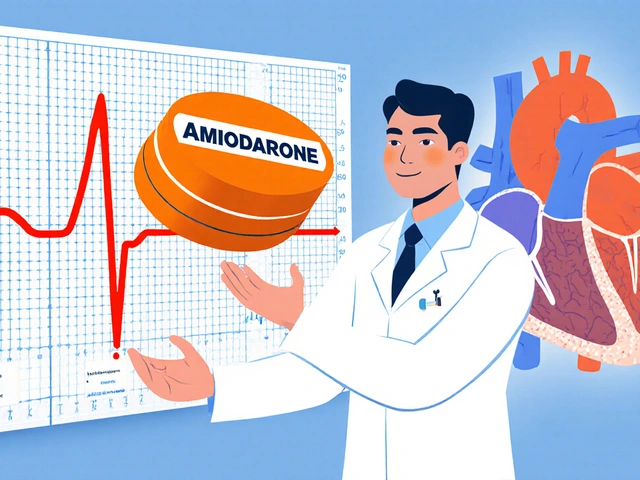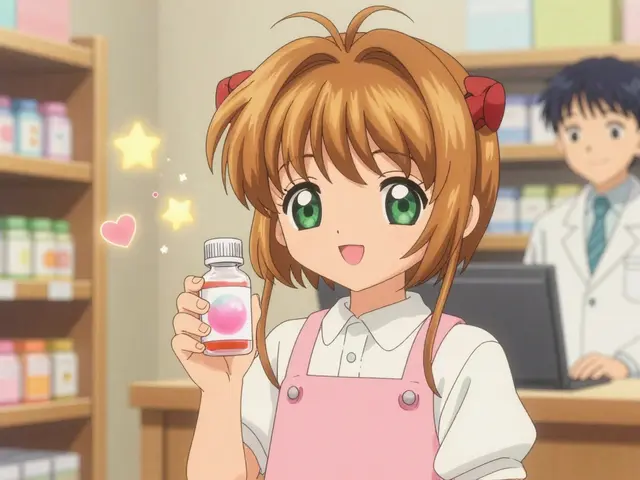ADPKD: What It Is, How It Looks, and How to Live With It
Autosomal dominant polycystic kidney disease (ADPKD) is a genetic condition that makes fluid‑filled cysts grow in both kidneys. Those cysts get bigger over time, squeezing healthy tissue and eventually lowering kidney function. If you or a family member have been diagnosed, the news can feel overwhelming, but knowing the basics helps you stay in control.
Spotting the Signs Early
The first clue is often high blood pressure, especially in younger adults. You might also notice abdominal fullness, back pain, or frequent urinary infections. Blood tests that show reduced kidney filtration (eGFR) and imaging—usually an ultrasound—confirm the diagnosis. If a parent has ADPKD, you have a 50 % chance of inheriting it, so talk to a doctor about genetic testing even before symptoms appear.
Managing the Disease Day by Day
There’s no cure, but several steps can slow the damage. Controlling blood pressure is the top priority; most doctors aim for a reading below 130/80 mm Hg using ACE inhibitors or ARBs. Drinking enough water—about 2‑3 liters a day unless your doctor says otherwise—helps keep the kidneys flushing out waste. A low‑salt diet reduces pressure spikes, and limiting animal protein can lessen the workload on the kidneys.
Regular monitoring is key. Schedule kidney function tests every six months and an ultrasound every year to track cyst growth. If you start to feel fatigue, swelling in your ankles, or notice changes in urine output, call your nephrologist right away. Early intervention can keep you out of dialysis longer.When kidney function drops below 20 % of normal, doctors may discuss disease‑modifying drugs like tolvaptan, which can slow cyst expansion. These medications have side effects, so weigh the benefits with your healthcare team.
Beyond meds, staying active supports overall health. Light‑to‑moderate exercise—walking, cycling, or swimming—for at least 30 minutes most days helps control weight and blood pressure. If you’re prone to kidney stones, drinking extra water and avoiding high‑oxalate foods (spinach, nuts) can cut down on stone formation.
Family planning deserves attention, too. If you carry the ADPKD gene, discuss options such as pre‑implantation genetic testing or prenatal screening with a genetic counselor. Knowing your choices early lets you plan with confidence.
Finally, connect with support groups. Hearing stories from other people living with ADPKD can boost morale and give you practical hacks—like recipes for low‑salt meals or tips for navigating insurance paperwork.
ADPKD is a lifelong companion, but with proactive blood‑pressure control, regular check‑ups, and sensible lifestyle tweaks, you can keep the kidneys working well for years. Keep the conversation open with your doctor, stay on top of your labs, and remember that small daily habits add up to big health benefits.
4 September 2025
Tessa Marley
What to know about tolvaptan’s role in personalized care for ADPKD and SIADH: who benefits, how dosing is tailored, risks, monitoring, and practical checklists.
Continue Reading...






